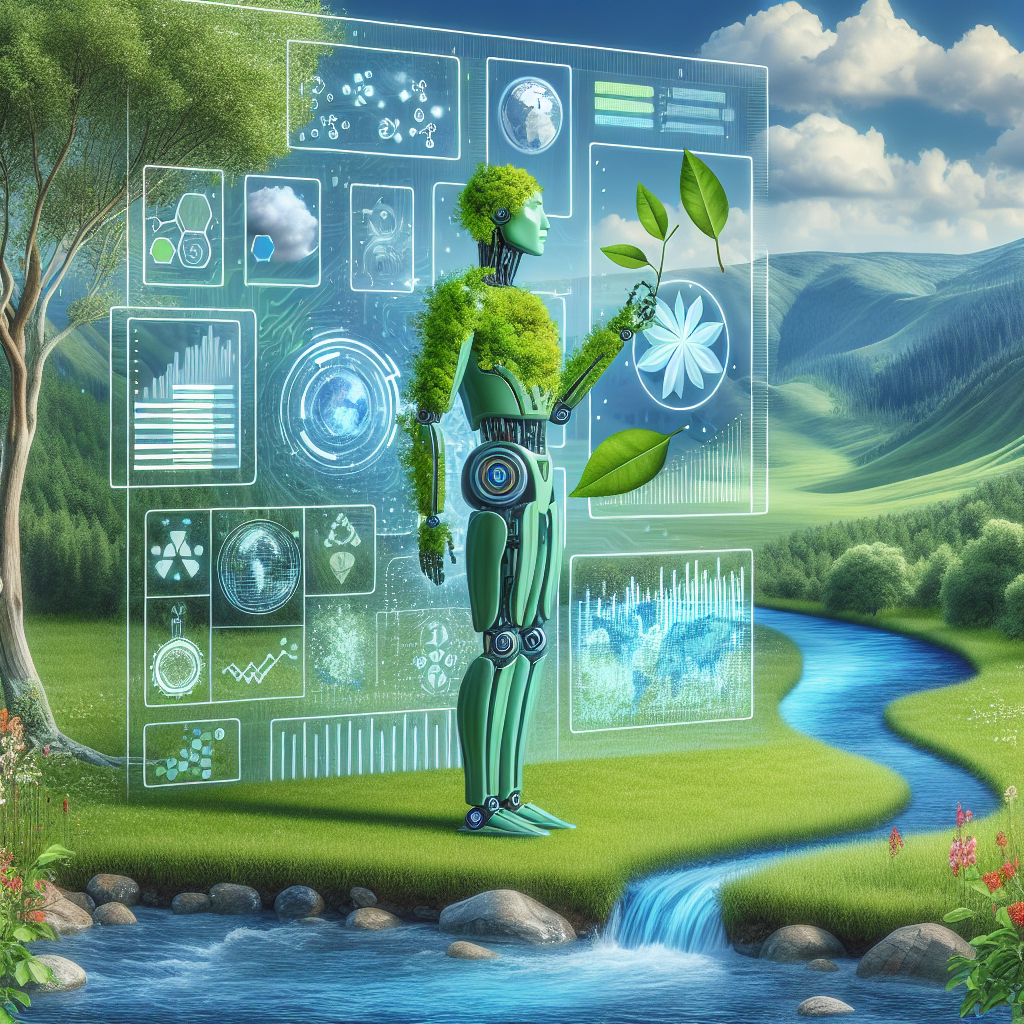Artificial Intelligence (AI) software has been making waves in various industries, from healthcare to finance to transportation. One area in which AI software is also making a significant impact is environmental conservation. By leveraging the power of AI, organizations and conservationists are able to better understand, monitor, and protect the natural world.
AI software is being used in a variety of ways to enhance environmental conservation efforts. One key application is in the field of wildlife conservation. AI-powered tools can analyze vast amounts of data collected from camera traps, drones, and satellites to track animal populations, monitor their movements, and identify potential threats to their habitats. This information can then be used to develop effective conservation strategies and interventions to protect endangered species.
Another important use of AI software in environmental conservation is in the monitoring and management of natural resources. For example, AI algorithms can analyze satellite imagery to detect changes in land use, deforestation, and illegal mining activities. This information is invaluable for policymakers and conservationists in making informed decisions to protect valuable ecosystems and biodiversity.
Furthermore, AI software is also being used to predict and mitigate the impacts of climate change. By analyzing historical climate data and using predictive modeling, AI algorithms can help scientists and policymakers understand how climate change is affecting our planet and anticipate future changes. This information can then be used to develop strategies to reduce greenhouse gas emissions, adapt to changing climate conditions, and protect vulnerable communities.
Overall, AI software is revolutionizing the way we approach environmental conservation. By providing powerful tools for data analysis, predictive modeling, and decision-making, AI is helping us to better understand and protect the natural world. However, there are also some concerns and challenges associated with the use of AI in environmental conservation.
One concern is the potential bias in AI algorithms. If the data used to train these algorithms is skewed or incomplete, it can lead to biased or inaccurate results. This is especially problematic in environmental conservation, where decisions can have far-reaching consequences for ecosystems and communities. It is important for organizations to ensure that the data used to train AI algorithms is representative and diverse to avoid bias.
Another challenge is the ethical implications of using AI in environmental conservation. For example, there are concerns about privacy and data security when collecting and analyzing large amounts of data from remote sensors and cameras. Organizations must be transparent about how they collect and use data and ensure that they adhere to ethical guidelines and regulations.
Despite these challenges, the potential benefits of using AI software in environmental conservation are vast. By harnessing the power of AI, we can better understand and protect our planet’s natural resources, wildlife, and ecosystems. With the right tools and strategies, we can work towards a more sustainable future for generations to come.
FAQs:
Q: How is AI software used in wildlife conservation?
A: AI software is used in wildlife conservation to track animal populations, monitor their movements, and identify potential threats to their habitats. This information is used to develop effective conservation strategies and interventions to protect endangered species.
Q: What is predictive modeling in environmental conservation?
A: Predictive modeling in environmental conservation uses AI algorithms to analyze historical climate data and predict future changes in the environment. This information is used to develop strategies to reduce greenhouse gas emissions, adapt to changing climate conditions, and protect vulnerable communities.
Q: What are some of the challenges associated with using AI in environmental conservation?
A: Some challenges associated with using AI in environmental conservation include potential bias in AI algorithms, ethical implications of collecting and analyzing large amounts of data, and concerns about privacy and data security.
Q: How can organizations ensure the ethical use of AI in environmental conservation?
A: Organizations can ensure the ethical use of AI in environmental conservation by being transparent about how they collect and use data, ensuring that data is representative and diverse to avoid bias, and adhering to ethical guidelines and regulations.

